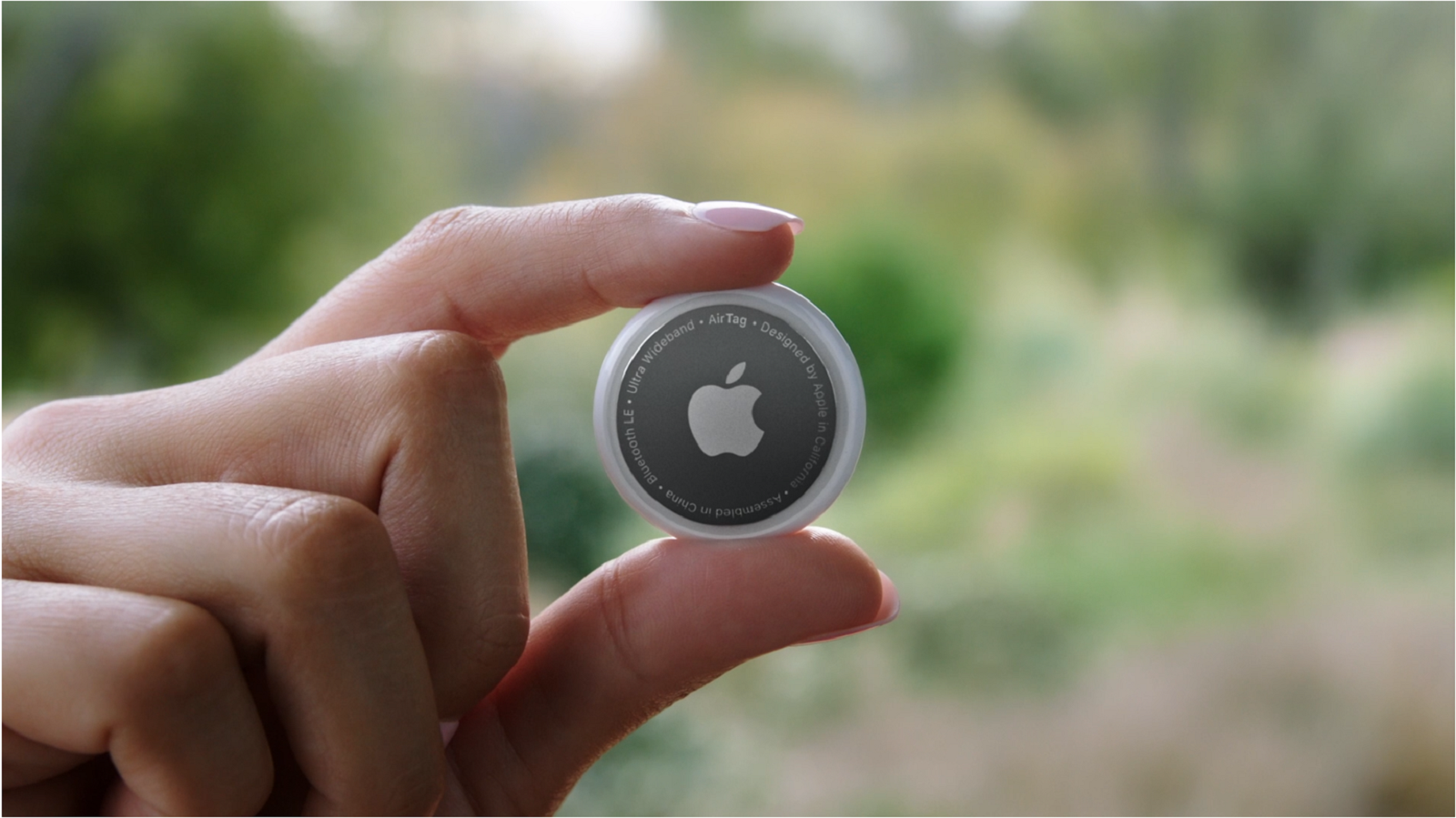This AirTag experiment just revealed the surprising truth about what happens to your clothes donations

- Someone put an AirTag in a pair of sneakers and donated them to a charity
- The shoes ended up traveling 800km across Europe
- This experiment shows just what can happen to your donated clothes
When you donate clothes to a charity, do you actually know where they end up? In most cases you don’t, but one TikTok user decided to find out by fitting a pair of sneakers with an Apple AirTag tracker and seeing where they went – and the result was pretty surprising.
The experiment was carried out by Moe.Ha on TikTok. They slipped an AirTag into a pair of donated sneakers, then placed them into a Red Cross collection bin in Munich, Germany.
Across the span of five days, the footwear left Germany and crossed through Austria, Slovenia and Croatia, before eventually arriving in Bosnia and Herzegovina, 800km from their starting location. Once there, they wound up on a shelf in a second-hand store.
Moe.Ha decided to follow the donated sneakers to Bosnia and Herzegovina and managed to locate the store, where the shoes were found sitting on a shelf, waiting to be bought for about 10 euros. According to an employee in the store, the items were brought in by their boss, who lives in Germany.
How did this happen?

You might wonder how a pair of donated shoes ended up so far from their original location – after all, wouldn’t it make more sense to send them to a goodwill store in the local area to be sold there?
The reality, however, is more complicated. According to the German Red Cross’s website (via translation), there are two different routes donated clothes can take. One option is the “recycler model,” which results in the entire contents of a donation collection being sold to a recycling company.
The other model is the “clothing depot model,” where clothes are sorted by the Red Cross and suitable items are distributed to depots and thrift stores, with excess pieces being sold to a recycler. This route appears to be the process that Moe.Ha’s sneakers underwent. Whichever route is taken, though, the proceeds go towards the Red Cross’s work.
Sign up for breaking news, reviews, opinion, top tech deals, and more.
An experiment like this shows the value in attaching a tracker like an AirTag to an important item, just in case you lose it. Even though the shoes traveled 800km across Europe, Moe.Ha was still able to follow them using Apple’s Find My app.
Hopefully any items you lose won’t go quite so far, but if you’ve got an item tracker attached to them, you might be able to hunt them down regardless.
You might also like

Alex Blake has been fooling around with computers since the early 1990s, and since that time he's learned a thing or two about tech. No more than two things, though. That's all his brain can hold. As well as TechRadar, Alex writes for iMore, Digital Trends and Creative Bloq, among others. He was previously commissioning editor at MacFormat magazine. That means he mostly covers the world of Apple and its latest products, but also Windows, computer peripherals, mobile apps, and much more beyond. When not writing, you can find him hiking the English countryside and gaming on his PC.
You must confirm your public display name before commenting
Please logout and then login again, you will then be prompted to enter your display name.